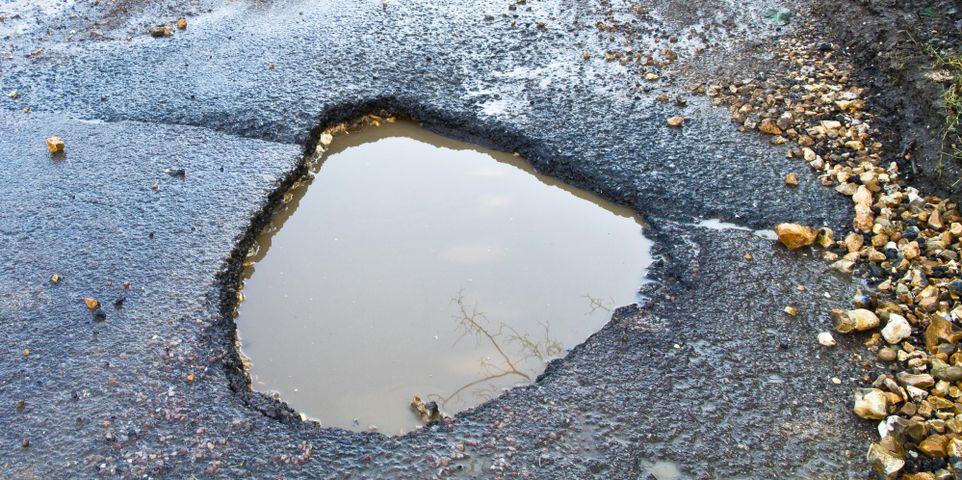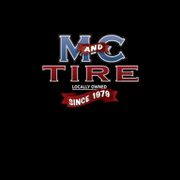
Potholes seem to be everywhere this time of year. They’re typically caused by rough winter weather wear on roads, and they wreak havoc on car tires. Knowing what to do after a hit will help you keep your car’s damage to a minimum. To be better prepared on the road, read the following guide on potholes and how to deal with them.
The Dangers of Potholes
Problems
Car tires that drive over potholes are more likely to suffer a blowout. In particular, if you’re driving at high speeds, your trouble may run deeper than shredded rubber. Wheels and rims can become bent and damaged, which requires much more extensive repairs. Over time you may even see trouble with your suspension as well as damage to the exhaust system and other components underneath the vehicle.
If your car tires do not blow out following an impact with a pothole, you may assume you’re in the clear. However, your car may now have alignment issues. Misalignment leads to uneven wear on tires; this will not only shorten the lifespan of car tires but also will cause tread separation. If your tires did not blow out on impact, they are more likely to now that the treads are compromised.
Signs & Solutions
 After hitting a pothole, you should give your car a thorough inspection to see just how much damage was done. Even minor nicks over small potholes should be assessed to avoid a major headache down the line. Auto repair experts can check the undercarriage for signs of trouble, and they can make sure that your alignment is correct. If your car tires were affected, replace them as soon as possible to avoid further damage to your rims. Avoid driving on spare tires for extended periods, as they are not meant for high speeds or high mileage.
After hitting a pothole, you should give your car a thorough inspection to see just how much damage was done. Even minor nicks over small potholes should be assessed to avoid a major headache down the line. Auto repair experts can check the undercarriage for signs of trouble, and they can make sure that your alignment is correct. If your car tires were affected, replace them as soon as possible to avoid further damage to your rims. Avoid driving on spare tires for extended periods, as they are not meant for high speeds or high mileage.
Besides checking for holes in your tires, look for bulging sidewalls and bent areas. If an area under your car was affected, you might hear odd sounds, or you may see fluid leaks on areas of pavement where your car was recently parked. If your wheels appear to be in good condition, your tire pressure dashboard light may engage (typically on more recent cars), which indicates air is seeping out. A trip to your mechanic is your best bet, as they will catch these issues before they require costly repairs.
The best way to avoid pothole-related problems in the future is to drive cautiously and avoid potholes altogether. If you have no choice but to drive over a pothole, slow down and proceed as slowly as you can to reduce the impact these aggravating obstacles have on your car tires.
Serving Kalispell, White Fish, Columbia Falls, Big Fork, Lakeside, and Somers, MT, M & C Tire is the family-owned and operated auto repair shop to call when you need new tires on your car this season. These Tire Industry Association (TIA)-certified technicians have been providing services for car tires, brake repair, and basics like oil changes since 1979. Their location is affiliated with more than 30,000 tire centers to ensure your vehicle gets the right wheels and rims it needs. For more on their offerings, call (406) 752-9662. Stop by their website for a look at their current coupons.
About the Business
Have a question? Ask the experts!
Send your question

